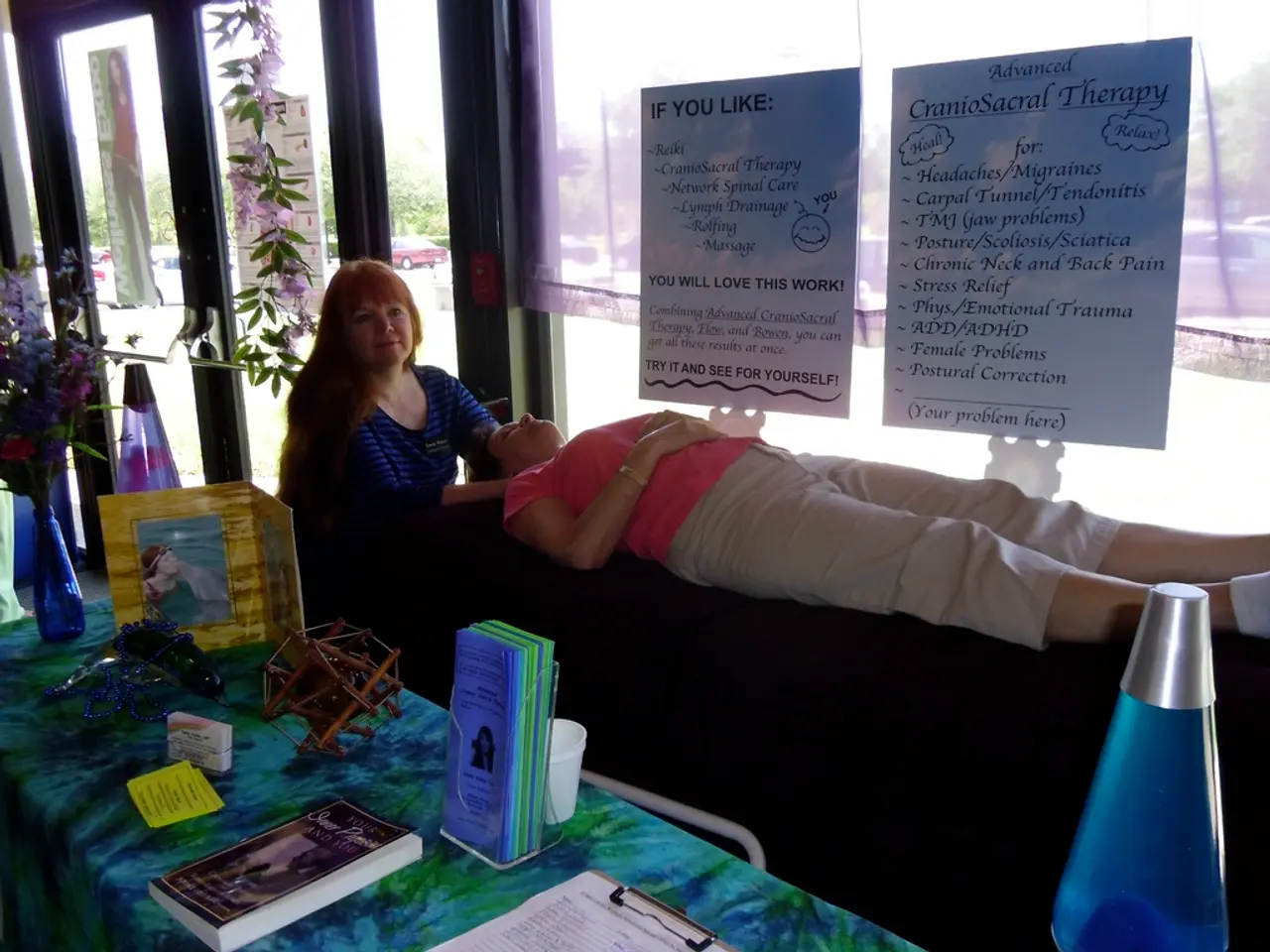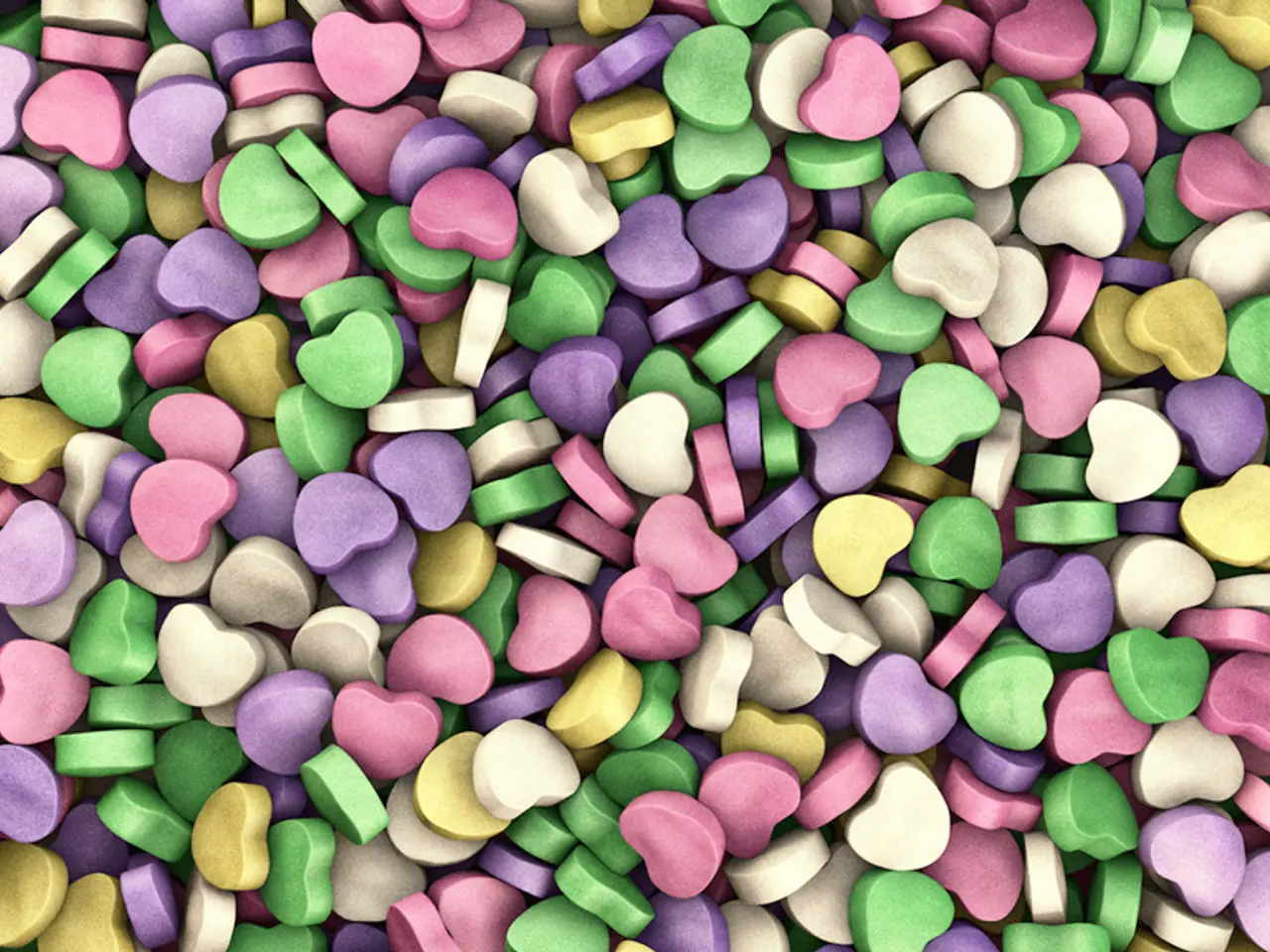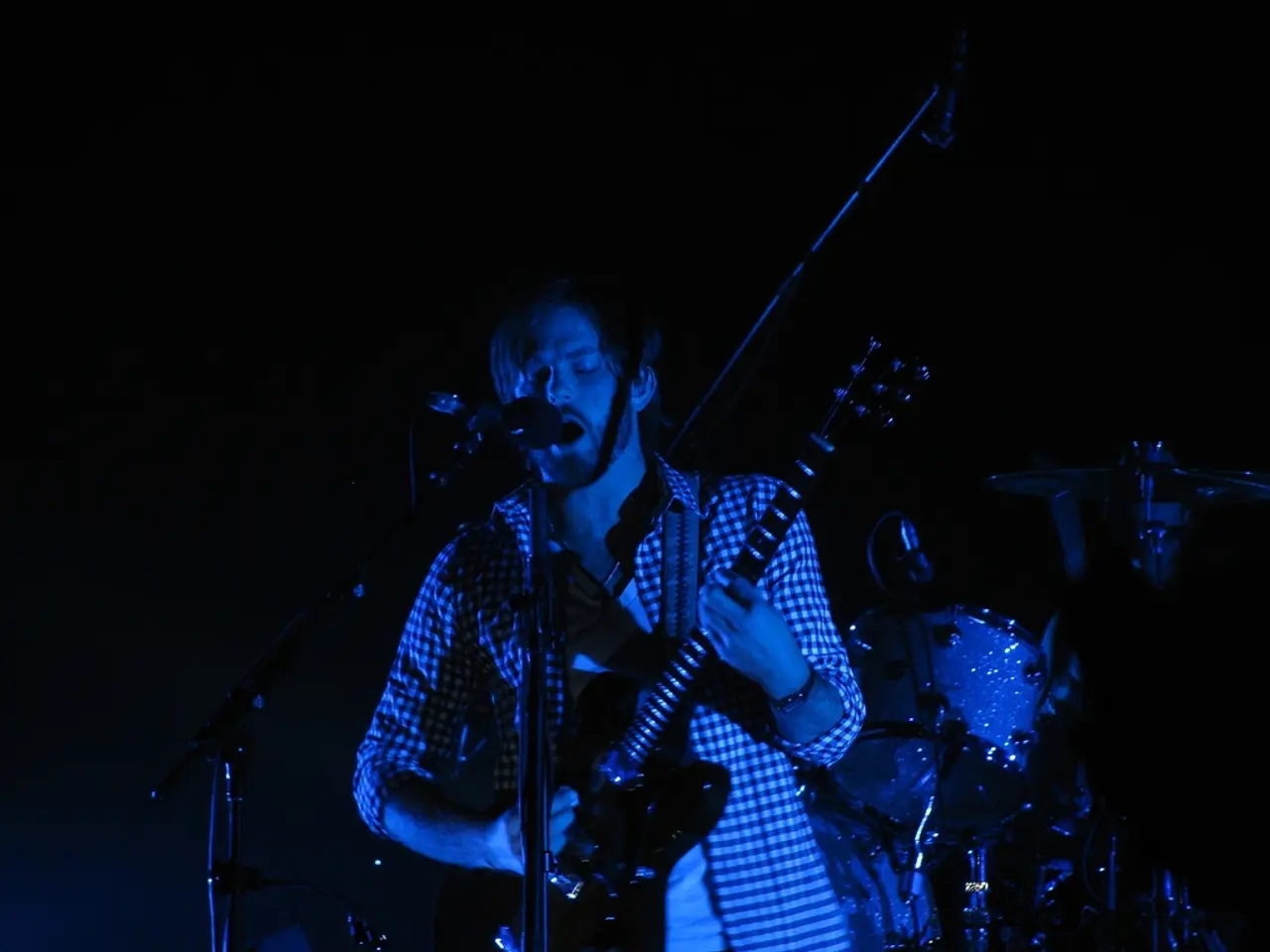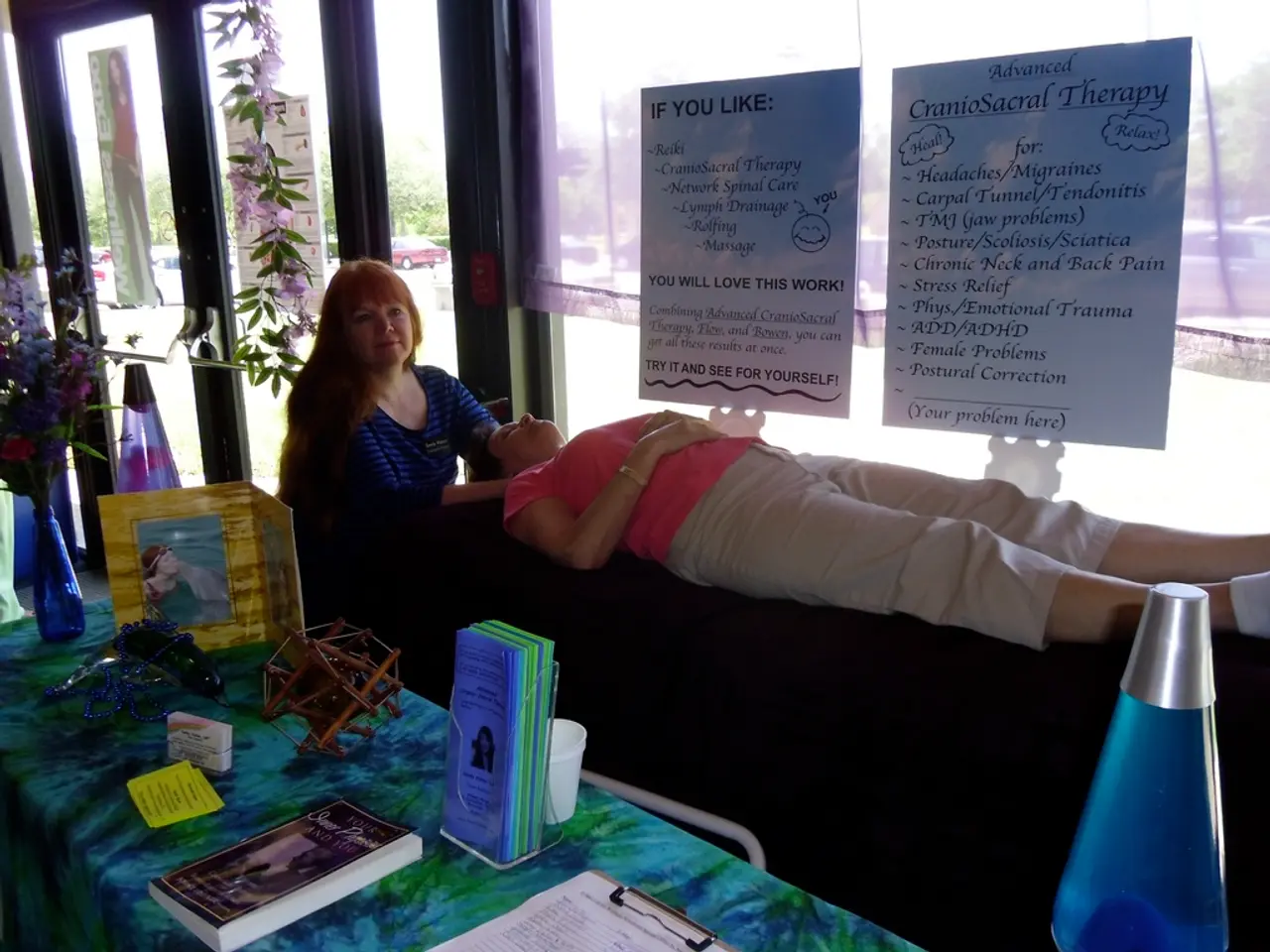Depression with a single pole: Characteristics, signs, and remedies
Major Depressive Disorder, also known as unipolar depression, is a mental health condition that significantly impacts both mental and physical health. This condition is characterized by persistent feelings of deep sadness, hopelessness, or emptiness, a marked loss of interest or pleasure in most activities, and other symptoms that last for at least two weeks and represent a clear change from previous functioning [1][2].
The symptoms of major depressive disorder can be debilitating, causing secondary problems such as unemployment or inferior academic grades. They can also lead to a distorted view of the world, trouble getting or keeping a job, relationship conflict, difficulties with self-care, and other challenges in daily life [1][2].
Common symptoms include feelings of worthlessness or guilt, trouble thinking clearly or making decisions, thoughts of self-harm or suicide, eating too much or too little, trouble sleeping or sleeping too much, low energy, slowed movements or speech, feeling restless or pacing, and a distorted view of the world [1][2]. Physical symptoms often accompany mental symptoms and can include unexplained aches and pains, headaches, or digestive problems. Behavioral changes, particularly in men, may manifest as irritability, frustration, anger, reckless behaviors, or social withdrawal [2][3].
Causes of major depressive disorder can vary. They may be linked to certain medical conditions, such as thyroid disorders, or risk factors like trauma and adverse childhood experiences [1][2]. Family history of depression is also a risk factor for developing the condition [1].
Treatment options for major depressive disorder can be effective, even if other treatments have proven ineffective. Electroconvulsive therapy, vagus nerve stimulation, and transcranial magnetic stimulation may provide relief [1]. Lifestyle adjustments, such as exercising more, eating a well-balanced diet, practicing meditation, or starting a new hobby, can benefit some people with the condition [1].
Psychotherapy techniques, such as cognitive behavioral therapy (CBT) and interpersonal therapy, can help a person cope better, implement positive lifestyle changes, and manage life with depression [1]. Various antidepressants can also help treat the condition, with the best option depending on several factors [1].
Remission and relapse are common in people with major depressive disorder. A 2019 study showed that factors such as employment, less anxiety, a better quality of life, less severe depression, less chronic depression, not experiencing complicated grief, not having a history of childhood adversity increase the likelihood of depression remission [4].
It's important to note that other forms of depression, such as postpartum depression, seasonal affective disorder, persistent depressive disorder, and psychotic depression, are unipolar and do not involve manic episodes [1]. Major depressive disorder is one of the most common mental health diagnoses [1].
Unipolar depression differs from bipolar depression, which causes periods of both depression and mania [1]. One subtype of major depressive disorder, atypical depression, tends to be chronic but responds better to changes in circumstances [1]. Atypical depression is not the same as the mood cycling that occurs with bipolar depression [1].
In the United States, it was estimated that in 2019, of all adults had at least one major depressive episode [4]. If you or someone you know is struggling with depression, it's crucial to seek help from a healthcare provider.
References: [1] American Psychiatric Association. (2013). Diagnostic and Statistical Manual of Mental Disorders, Fifth Edition. Arlington, VA: American Psychiatric Publishing. [2] National Institute of Mental Health. (2019). Major Depression. Retrieved from https://www.nimh.nih.gov/health/topics/major-depression/index.shtml [3] Kessler, R. C., Berglund, P., Demler, O., Jin, R., Merikangas, K. R., & Walters, E. E. (2005). Lifetime prevalence and age-of-onset distributions of DSM-IV disorders in the National Comorbidity Survey Replication. Archives of General Psychiatry, 62(6), 593-602. [4] Keller, M. B., & Boland, R. J. (2019). Major Depression: Defining Remission. Journal of Clinical Psychiatry, 80(8), 17C1-17C6.
- Seasonal affective disorder, a form of depression, does not involve manic episodes, contrasting it with bipolar depression.
- Atypical depression, a subtype of major depressive disorder, is chronic but tends to respond better to changes in circumstances, unlike the mood cycling that occurs with bipolar depression.
- In the science of mental health and wellness, various treatment options exist for major depressive disorder, including lifestyle adjustments, psychotherapy, and antidepressants.




